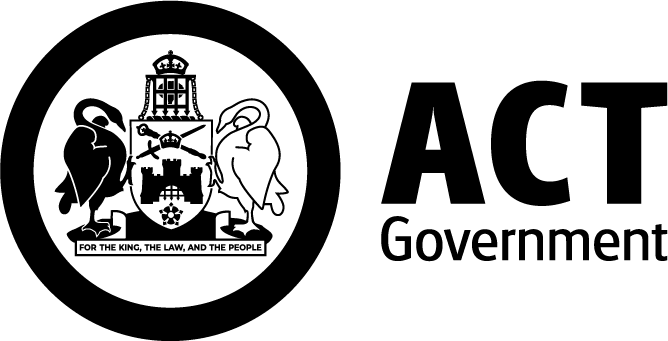Rabies and Australian bat lyssavirus (ABLV) post-exposure prophylaxis
Rabies is a preventable viral disease of mammals. It is usually transmitted through the bite or scratch of an infected animal or by direct contact of the virus with mucosa through the nose, eyes and mouth.
Australian bat lyssavirus (ABLV) is closely related to rabies and all Australian bats have the potential to carry lyssavirus. The rabies virus infects the central nervous system, ultimately causing a nearly always fatal disease.
Find out more about rabies and Australian bat lyssavirus.
Recommendations for travel
Pre-exposure prophylaxis (PREP) is recommended for those travelling to rabies-prone areas and those who work in an at-risk occupation such as bat-handlers and veterinarians.
You should start post-exposure prophylaxis (PEP) as soon as possible following exposure, although there is no time limit.
Go to the UK Government website for information on rabies risks in terrestrial animals by country.
Bites or scratches
If a person is bitten or scratched by a bat:
- anywhere in the world
- or by an animal in a rabies endemic country.
You must:
- complete the Rabies/Australian Bat Lyssavirus post exposure prophylaxis form
- and contact the Public Health Response Unit urgently to assess whether they need post-exposure prophylaxis. During business hours phone 02 5124 9800 or after-hours phone 02 9962 4155 to page the on-call officer.
Post-exposure management
Post-exposure management will depend on the extent of the exposure, the animal source, the person’s immune system and their vaccination history.
A post-exposure course of rabies vaccine and a one-off dose of rabies immunoglobulin (RIG) may be recommended to prevent infection.
You should administer vaccine and human rabies immunoglobulin as stated in the rabies section of the Australian Immunisation Handbook.
After administering treatment, you must complete and return the post-exposure prophylaxis treatment forms to fax 02 5124 9307 or email to immunisation@act.gov.au.
Tetanus prophylaxis in wound management
Find out more about management of tetanus prone wounds at the Australian Government Department of Health and Aged Care.
